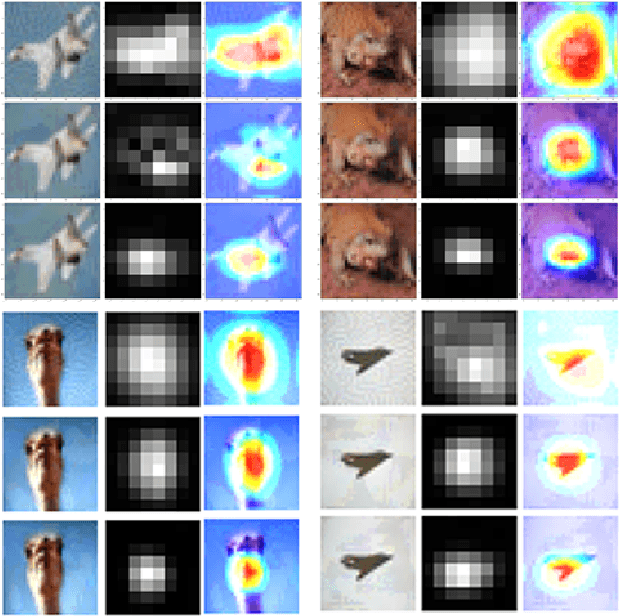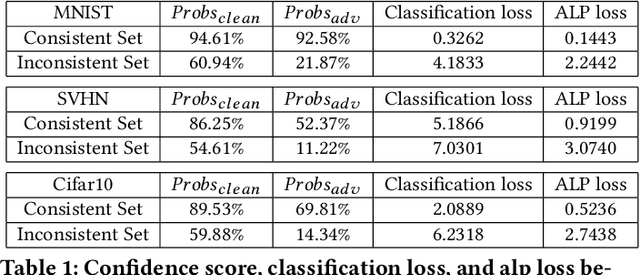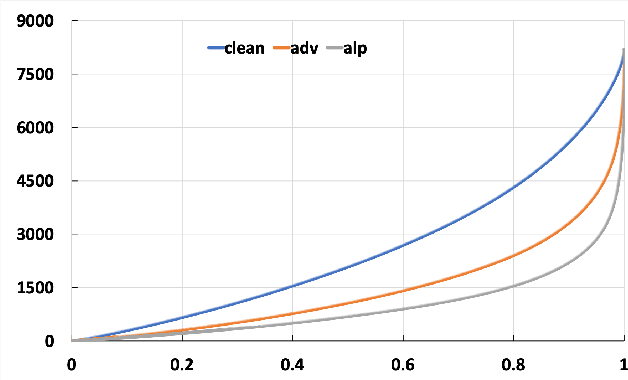Adaptive Adversarial Logits Pairing
Paper and Code
May 25, 2020



Adversarial examples provide an opportunity as well as impose a challenge for understanding image classification systems. Based on the analysis of state-of-the-art defense solution Adversarial Logits Pairing (ALP), we observed in this work that: (1) The inference of adversarially robust models tends to rely on fewer high-contribution features compared with vulnerable ones. (2) The training target of ALP doesn't fit well to a noticeable part of samples, where the logits pairing loss is overemphasized and obstructs minimizing the classification loss. Motivated by these observations, we designed an Adaptive Adversarial Logits Pairing (AALP) solution by modifying the training process and training target of ALP. Specifically, AALP consists of an adaptive feature optimization module with Guided Dropout to systematically pursue few high-contribution features, and an adaptive sample weighting module by setting sample-specific training weights to balance between logits pairing loss and classification loss. The proposed AALP solution demonstrates superior defense performance on multiple datasets with extensive experiments.
 Add to Chrome
Add to Chrome Add to Firefox
Add to Firefox Add to Edge
Add to Edge